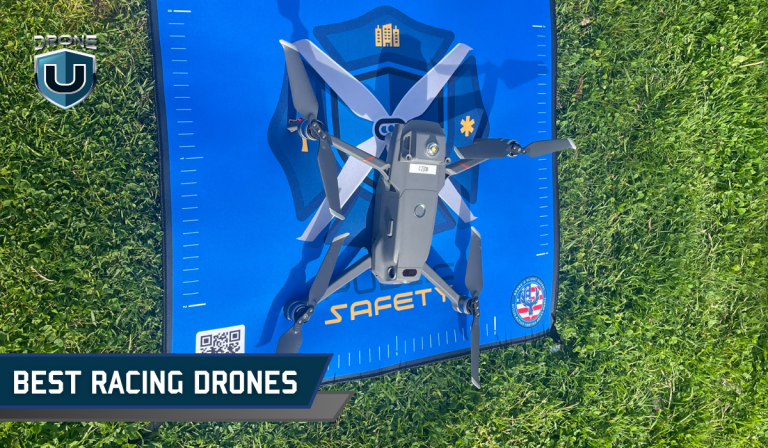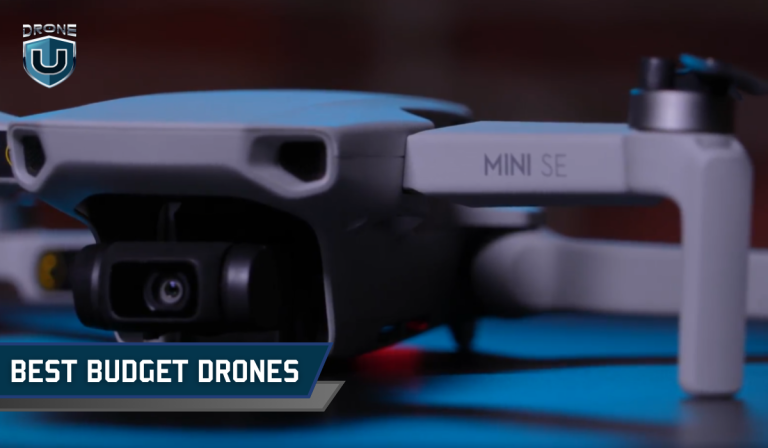
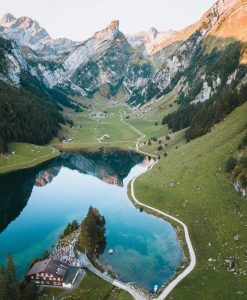



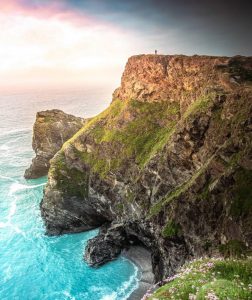
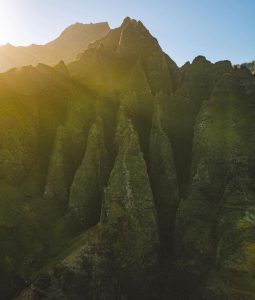


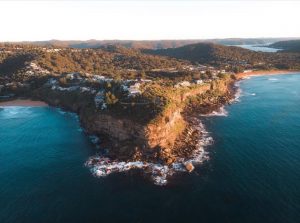
-
The 7 Best Thermal Drones in 2024
Thermal drones have revolutionized various industries, from public safety and law enforcement to agriculture and construction. The ability to detect heat signatures from the sky has become an invaluable tool for professionals across diverse...
-
10 Affordable Drones with Cameras in 2024
Have you ever dreamed of piloting your drone but worried it wouldn't fit your budget? If your answer is ‘yes’, then, this guide is for you. We've searched high and low to find the top 10 affordable drones with impressive cameras that won't break the...
-
Anzu Robotics Introduces Raptor Drone, a Mavic 3 Mirror with a different origin story.
Today, Anzu Robotics has released two new drones, the Raptor and Raptor T. These are Mavic 3 lookalikes, but owned by Americans and sourced from Malaysia. (more…)
-
8 Best Drones for Real Estate Photography
If you are looking for ways to take your real estate photography to the next level, drones are the way to go. Drones let you show off properties in ways that traditional photography just can't. From sweeping aerial shots that showcase the full...
-
The Ultimate Beginner’s Guide to Remote Control (RC) Drones
Ever looked up and watched a remote control drone zip across the sky, and thought "I want to do that!"? You're not alone! Flying drones has become a popular hobby, combining cool tech, creativity, and a whole lot of fun. These amazing drones have...
-
DJI Mini 2 vs. Mini SE- Which One is the Best?
When it comes to compact and lightweight drones, DJI has become a leading name in the market. Two of its compact offerings, the Mini 2 and the Mini SE, have tempted drone enthusiasts for quite some time. Both boast impressive features and...
-
8 Best Drones for Roof Inspections [2024]
Traditionally, roof inspections have been carried out manually, requiring professionals to physically climb onto roofs and inspect them up close. Now with the evolution of drones, roof inspections are not only more efficient but they mitigate a...
-
5 Best Racing Drones for Thrill-Seekers
Imagine this: you're gripping the controls, heart pounding as a sleek drone screams through the air. You're weaving through a crazy course, dodging obstacles and pulling off moves that would make an action star jealous. That's the rush of drone...
-
The Best Budget Drones For Beginners
The drone market is blowing up, and there are tons of affordable options out there for newbies. Just picture how pumped you'll feel launching your drone into the sky with one simple button press. This guide will help you sift through all the options and...

Download our No #1 Resource: Part 107 Study Guide
What's Inside this Guide?
- 2500+ pages of FAA material broken into digestible easy to read 279 pages
- Includes over 350 sample quiz & test questions(with answer keys)
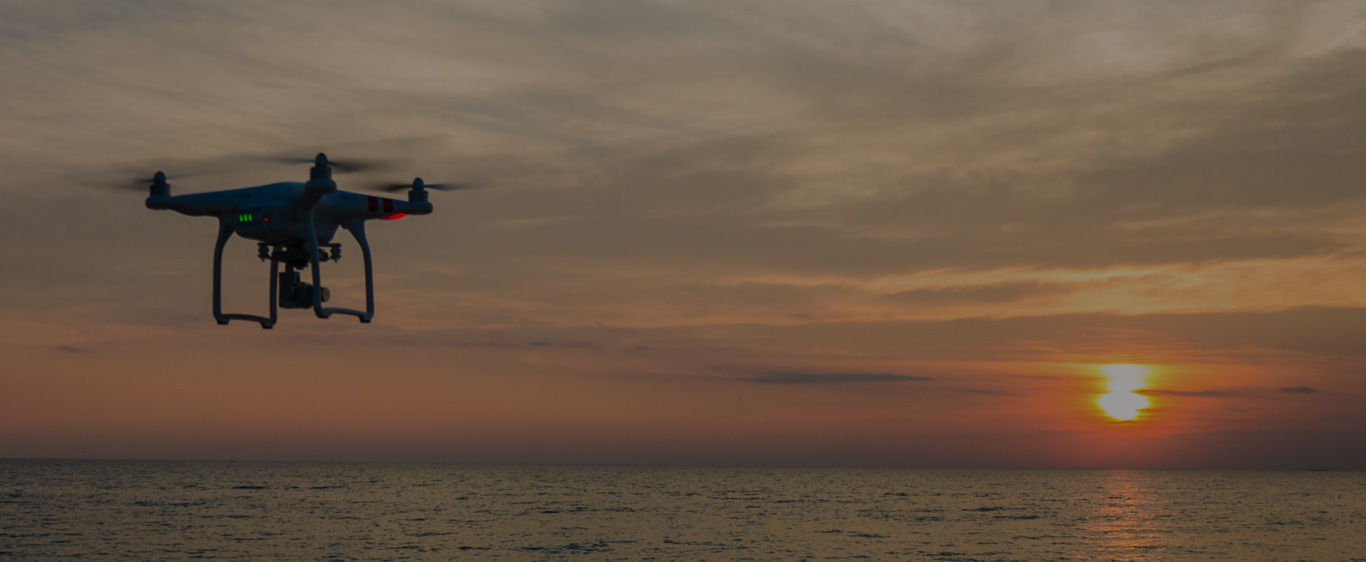
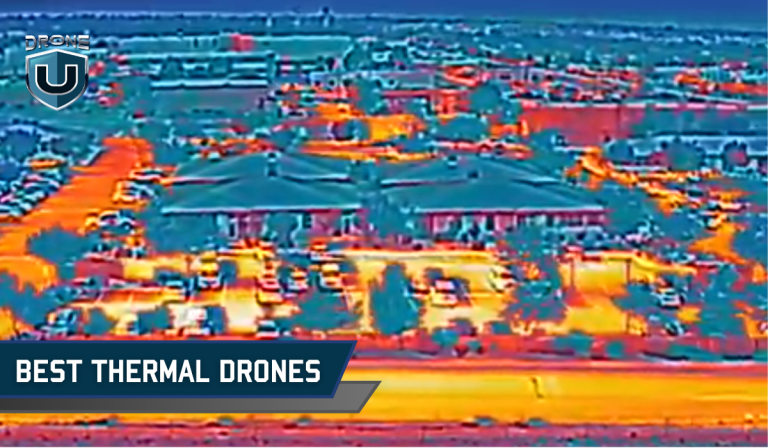
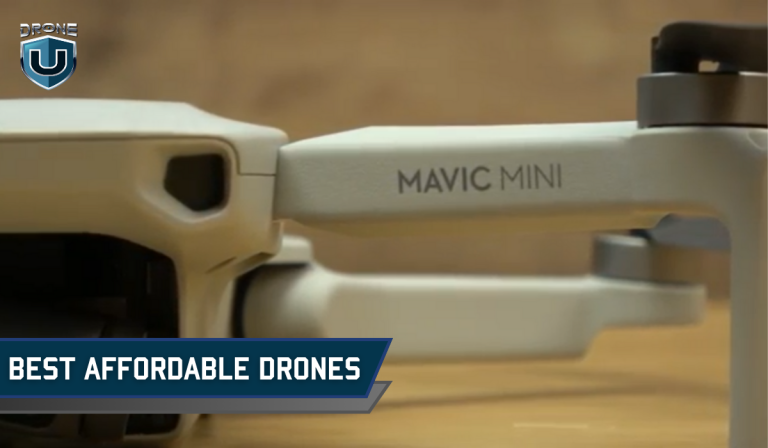
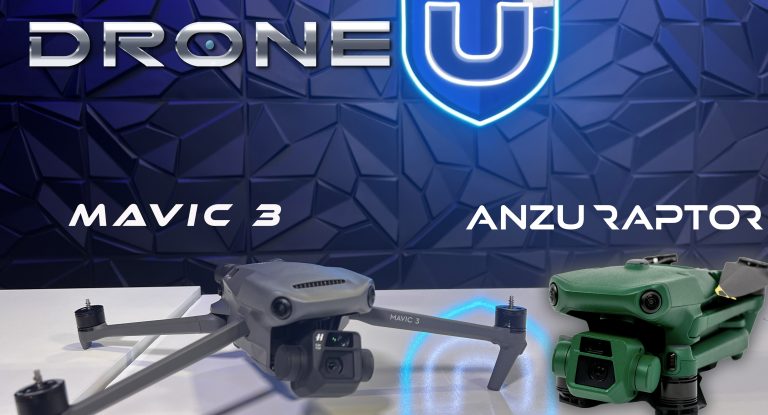
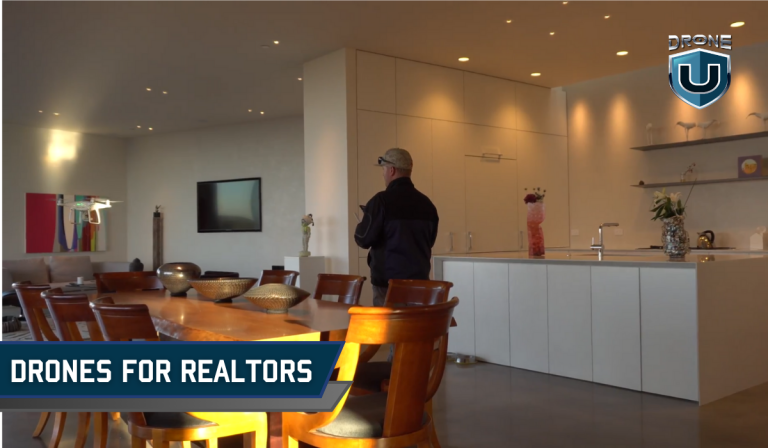

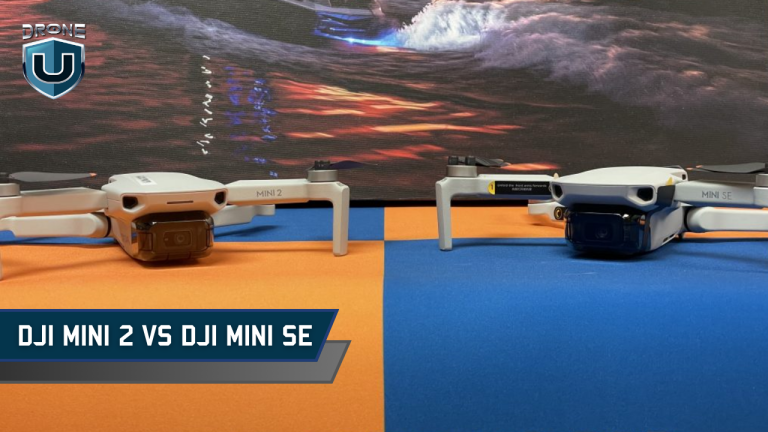
![8 Best Drones for Roof Inspections [2024]](https://www.thedroneu.com/wp-content/uploads/2024/03/Drones-for-roof-inspections-768x448.png)
